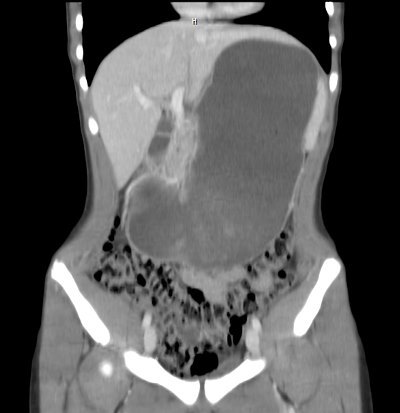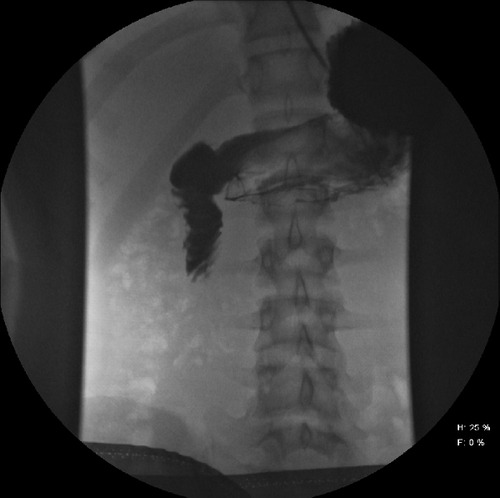Syncope accounts for 1-2% of all ED visits, and is a factor in some patients with blunt trauma, especially the elderly. If syncope is suspected, a “syncope workup” is frequently ordered. Just what this consists of is poorly defined. Even less understood is how useful the syncope workup really is.
Researchers at Yale retrospectively looked at their experience doing syncope workups in trauma patients. They were interested in seeing what was typically ordered, if it was clinically useful, and if it impacted length of stay.
A total of 14% of trauma patients had syncope as a possible contributor to their injury. The investigators found that the following tests were typically ordered in these patients:
- Carotid ultrasound (96%)
- 2D Echo (96%)
- Cardiac enzymes (81%)
- Cardiology consult (23%)
- Neurology consult (11%)
- EEG (7%)
- MRI (6%)
Most of this testing was normal. About 3% of cardiac enzymes were abnormal, as were 5% of carotid imaging and 4% of echocardiograms.
Important! Of the patients who underwent an intervention after workup, 69% could have been identified based on history, physical exam, or EKG and did not depend on any of the other diagnostic tests.
Conclusion: Syncope workup is not needed routinely in trauma patients with syncope as a contributing factor. Need for intervention can usually be determined by history, exam and EKG performed in the ED. In this study, $216,000 in excess costs would have been saved!
Reference: Routine or protocol evaluation of trauma patients with suspected syncope is unnecessary. J Trauma 70(2):428-432, 2011.




